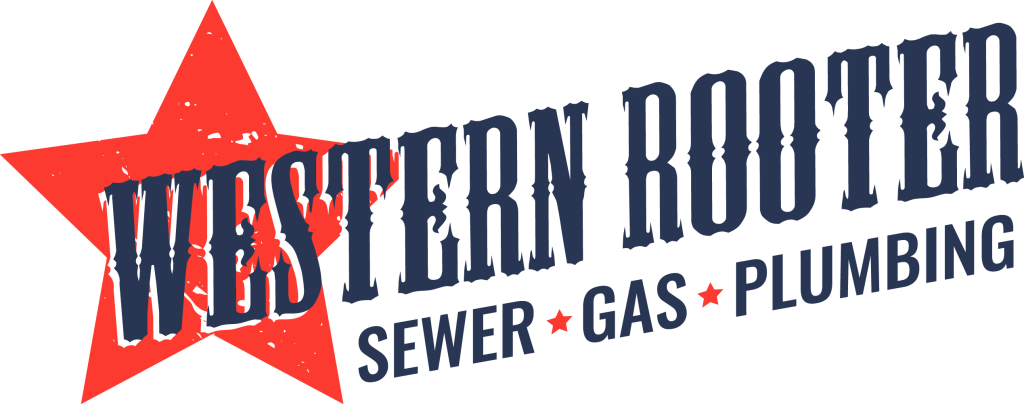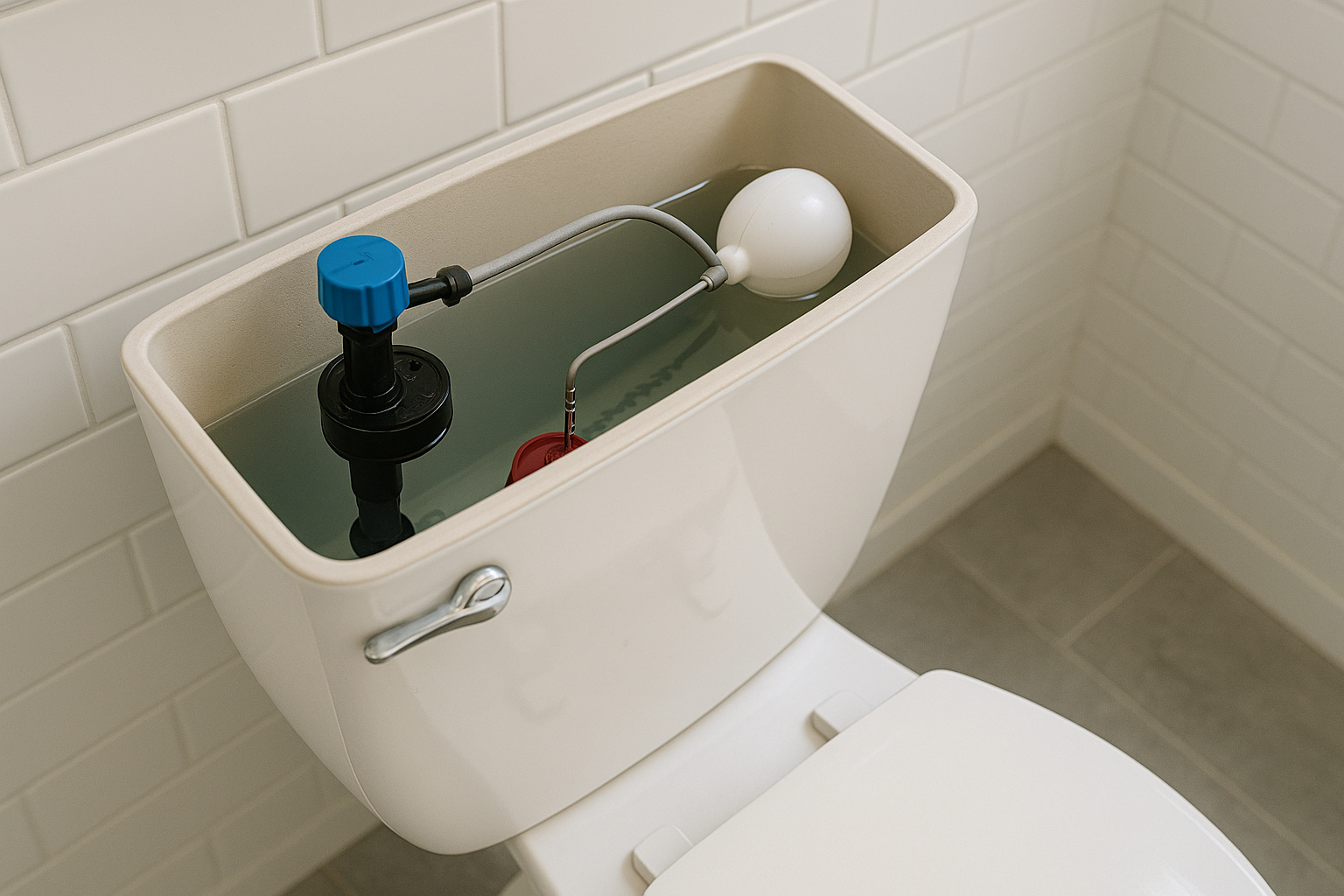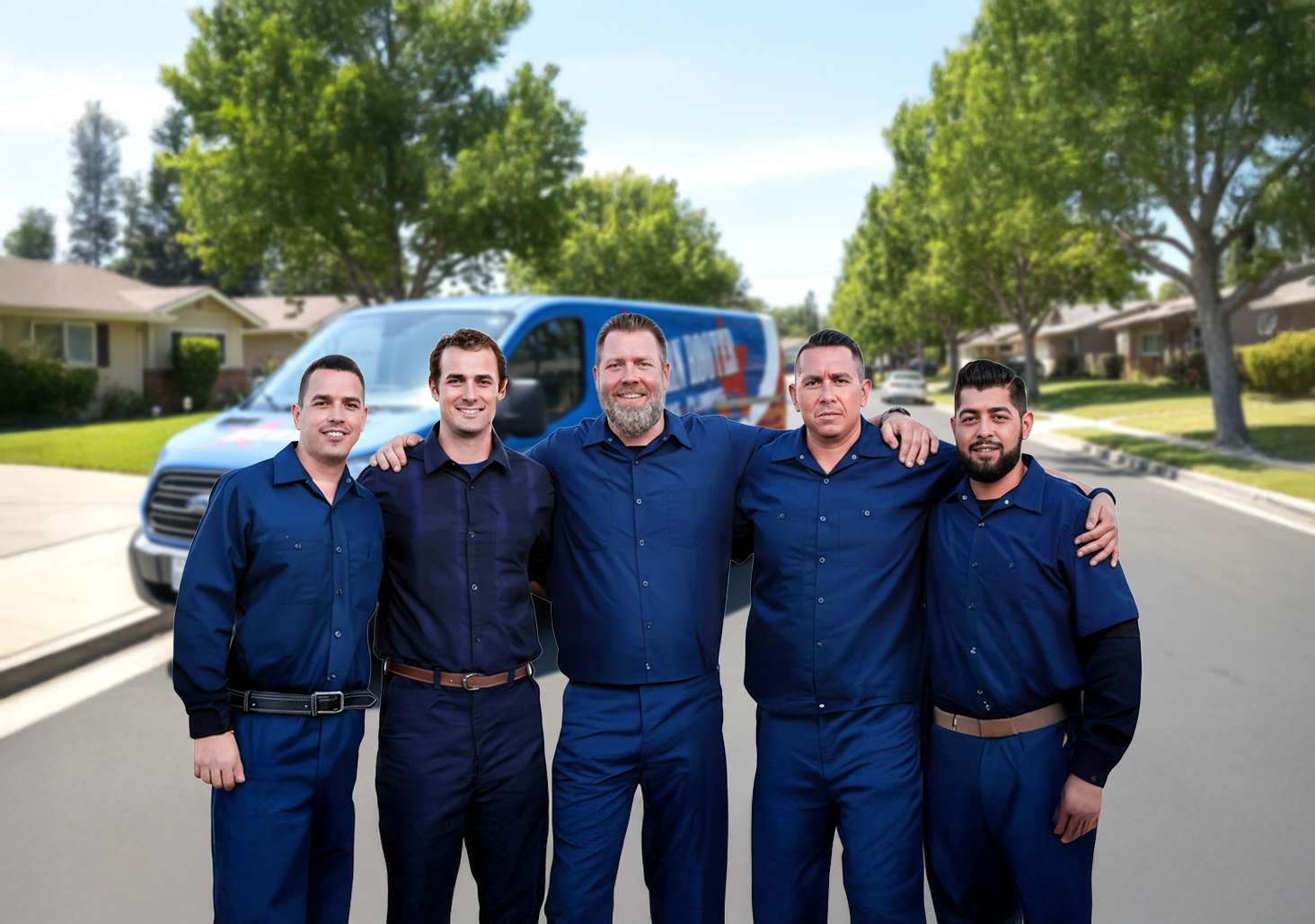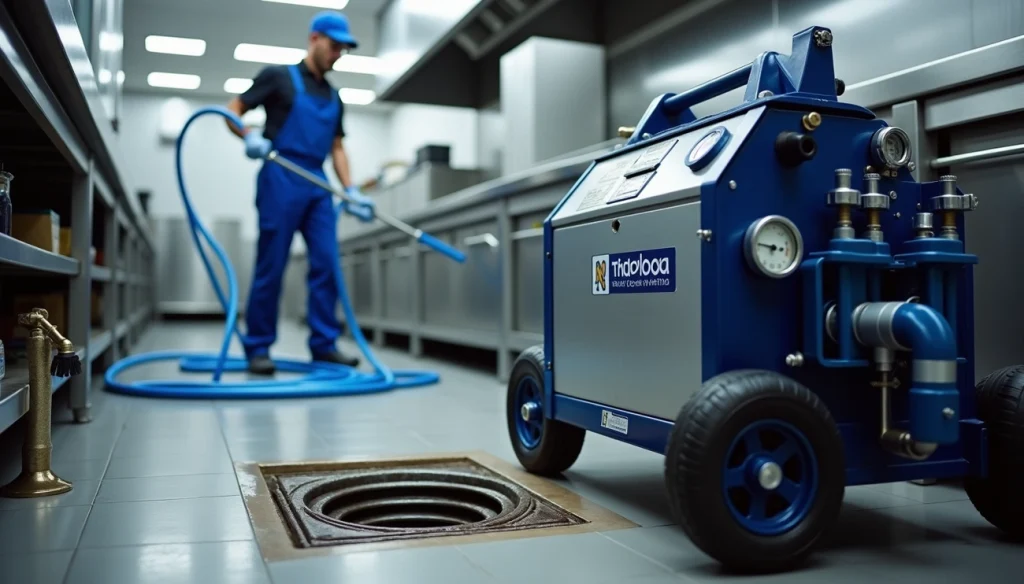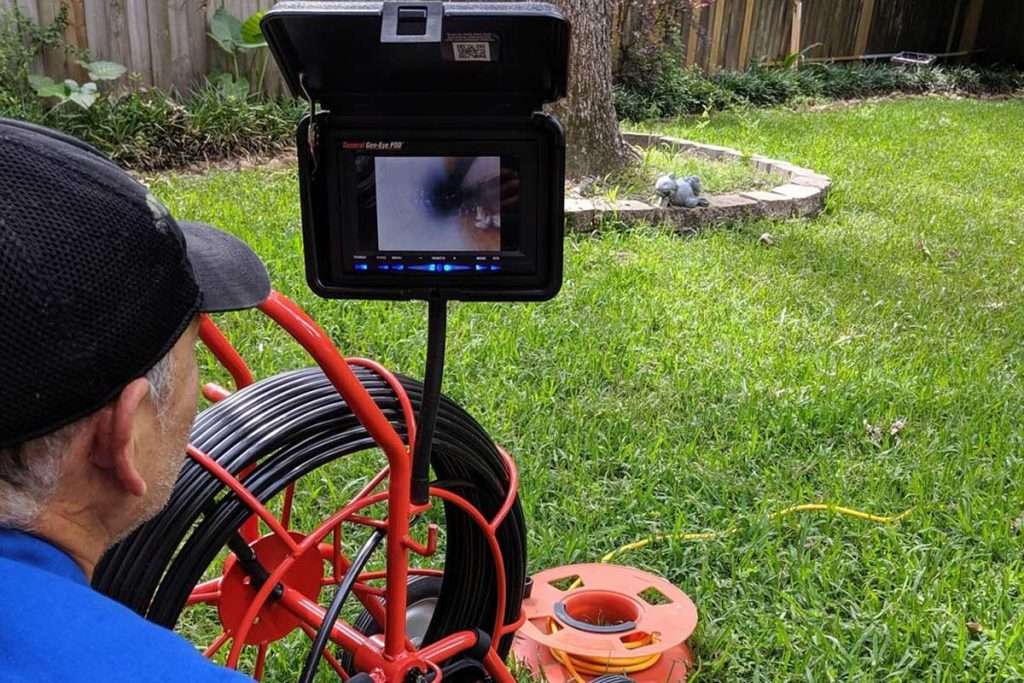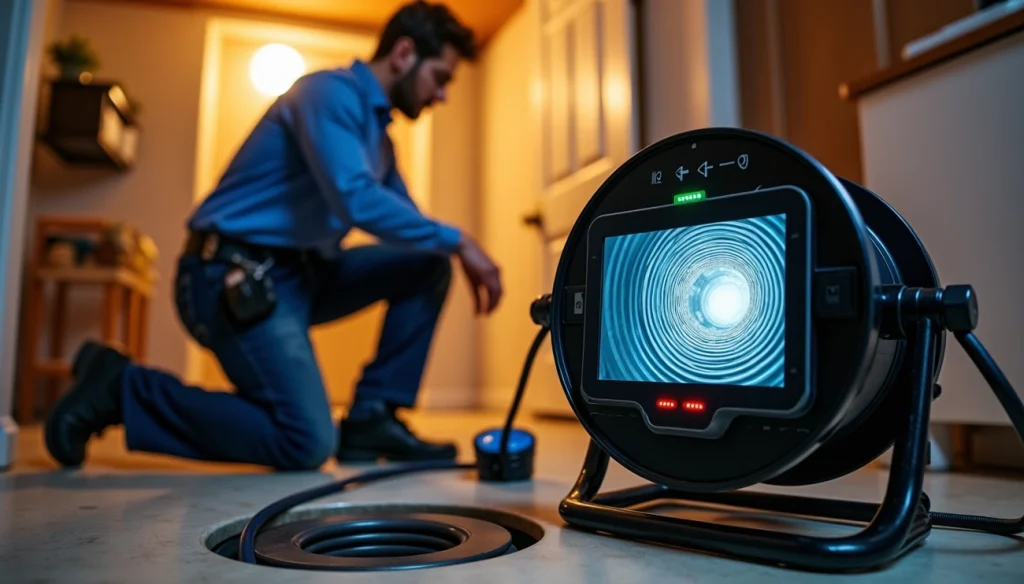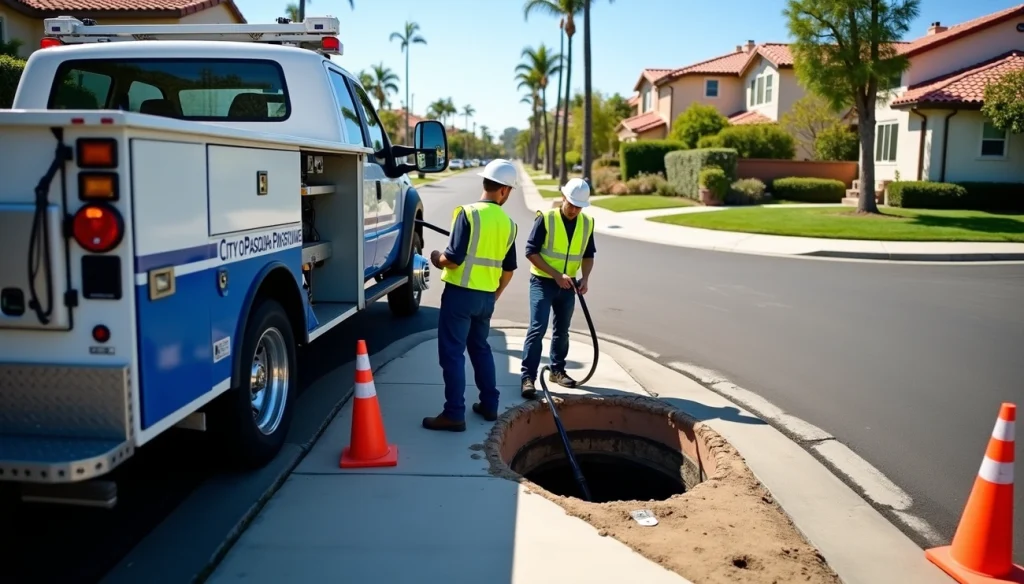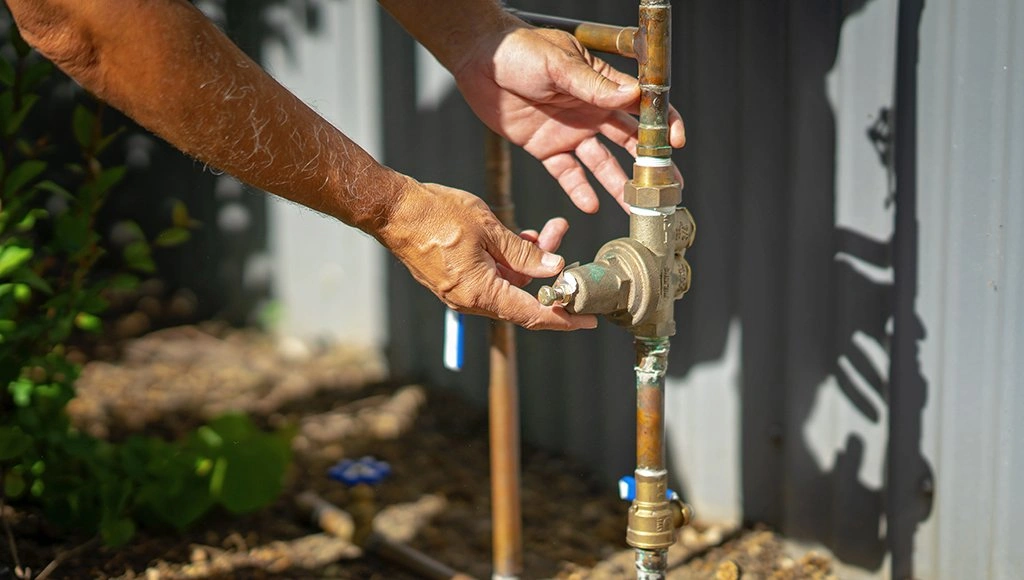Your running toilet might be silently draining £300 from your wallet each year. The numbers are staggering – running toilets waste 400 million liters of water daily in the UK alone.
The constant running sound isn’t just annoying. Your toilet could waste hundreds of gallons of water each day and add thousands to your water bill over time. Running toilets usually stem from worn-out flappers, incorrect float height, or chain issues. The good news? You can fix most of these problems yourself without calling a plumber.
This small issue creates a much bigger problem. Environmental experts warn that England’s water supply could face major deficits by 2050 if we don’t cut our daily water use from 140 liters to 100 liters per person. A fixed toilet doesn’t just save you money – it helps preserve our vital water resources.
This piece will show you how to diagnose and fix your running toilet permanently. The solutions work for homeowners and property managers in Los Angeles and San Bernardino County.
How a Toilet Works: The Basics You Need to Know
A basic understanding of your toilet’s mechanics will help you figure out why it keeps running. Your toilet works through a simple yet elegant system that uses gravity and water pressure instead of external power.
The role of the flapper, fill valve, and overflow tube
Your toilet tank has several parts that work together during each flush:
- The flapper is a rubber valve that makes a watertight seal over the flush valve opening at the tank’s bottom. This vital part stops water from flowing into your bowl. A worn or misaligned flapper is often why toilets run non-stop.
- The fill valve (also known as a ballcock) manages water flow into the tank after flushing. This valve sits where water enters the tank and works with a float to check water levels. The valve opens when water gets too low and closes at the right height. A broken fill valve often causes toilets to run continuously.
- The overflow tube keeps your bathroom floor dry if the fill valve fails. Extra water flows into this tube and safely drains into the bowl if the tank gets too full. Your toilet might run constantly if this tube gets damaged.
Your toilet also has a chain that connects to the flush handle and lifts the flapper when pressed. The float (ball or cup style) moves up and down with water levels and tells the fill valve when to open or close.
What happens during a flush cycle
Your toilet follows this sequence when you press the handle:
- The handle pulls the chain or lift wire
- The flapper rises and opens the flush valve
- Water flows from tank to bowl through rim jets
- A siphon forms at the bowl’s bottom from this quick water flow
- This siphon pulls waste and water into your plumbing
- The tank empties and the flapper closes to seal the valve
- The float drops with the water level and starts the fill valve
- Fresh water fills both tank and bowl at once
- A small tube sends water through the overflow tube to fill the bowl
- The float rises with the water and turns off the fill valve
The “S” trap design in your toilet’s drain keeps some water in the bowl. This curved section traps water after flushing and blocks sewer gasses from entering your bathroom.
Los Angeles and San Bernardino County homeowners can save gallons of water daily by understanding these mechanics. You can spot problems quickly – whether it’s a worn flapper, wrong float adjustment, or broken fill valve. This knowledge helps you fix issues or explain them better to a plumber.
Need help with ongoing toilet problems? Call Western Rooter today to get your free estimate!
Common Reasons Your Toilet Keeps Running
A running toilet isn’t just annoying—it’s a problem that wastes gallons of water daily. Let’s get into the main culprits behind that persistent noise and endless water flow.
Worn-out flapper or seal
The flapper creates a watertight seal at the bottom of your tank. This rubber valve deteriorates because of:
- Regular use and friction
- Chemical damage from harsh tank cleaners
- Bacteria, mold, or mildew that cause cracks
- Normal wear and tear
You’ll need to replace most flappers every 3-5 years. A worn-out flapper can’t seal properly, which lets water leak from the tank into the bowl. This leak makes your fill valve activate again and again, creating that familiar running sound. Your toilet might flush by itself (ghost flushing) if you have a bad flapper.
Improper float height
Your tank’s water level depends on the float. Water will flow into the overflow tube if the float sits too high, and your toilet won’t stop running. You might notice:
- Water rising above the overflow tube
- Fill valve running non-stop
- Tank filling too much after flushing
Most float mechanisms come with adjustment screws to fix the water level. Your tank’s water should stay one to two inches below the overflow tube’s top.
Leaky or clogged fill valve
Fill valves control water flow into your tank. Parts start wearing out after 7+ years of use. Debris from your water system can also build up inside the valve body, supply line, or shut-off valve and block water flow.
Your fill valve might have problems if you notice:
- Random running without flushing
- Tank fills too slowly
- Water cycles between filling and emptying
- Hissing or gurgling during filling
Overflow tube issues
Overflow tubes keep tank water from flooding your floor if other parts fail. Issues happen when:
- The base has cracks or breaks
- Refill tube goes too far down the overflow tube and creates a siphon
- Tube height isn’t right (should be 8-12 inches above tank bottom)
Bad overflow tubes might let water spill from the tank sides. Small damage can cause water to flow silently into the bowl.
Chain problems or misalignment
The chain between your flush handle and flapper needs perfect adjustment. Tight chains stop the flapper from sealing. Loose chains get stuck under the flapper after flushing. Chains also twist, kink, or hang up and prevent the flapper from sitting right.
Flappers should land centered over the flush valve opening. Water leaks past any off-center flapper that creates a bad seal.
Los Angeles and San Bernardino County homeowners can fix most running toilets by spotting these issues early. Simple adjustments or new parts usually solve these problems. Call Western Rooter today to get a free estimate if you need help with stubborn toilet troubles!
Step-by-Step: How to Fix a Toilet That Keeps Running
The time has come to fix that running toilet. Let’s roll up our sleeves and get to work. Most toilet problems take less than 30 minutes to fix without calling a plumber.
Turn off the water supply
Look for the oval-shaped shutoff valve on the wall behind your toilet. Give it a clockwork turn until it stops to cut off the water flow to the tank. Flush once to empty the tank. A sponge or towel will help remove any leftover water so you can work better.
Older toilets might not have their own shut-off valves. You’ll need to turn off your home’s main water supply instead. This step keeps your bathroom dry and makes repairs easier.
Inspect and adjust the flapper chain
The empty tank lets you check the chain that connects the flush handle to the flapper. A good chain length needs just a bit of slack—about 3-4 links—when the flapper closes. A tight chain won’t let the flapper seal properly. A loose chain might get stuck underneath.
Here’s how to adjust it:
- Unhook the chain from the flush handle lever
- Move the clip to a different link position
- Reattach to the lever
The chain should stay straight and untangled to help the flapper create a watertight seal.
Replace a faulty flapper
Your flapper needs replacement if you see cracks, warping, or mineral buildup:
- Unhook the chain from the flush lever
- Remove the old flapper from the overflow tube pegs
- Take the old flapper to the store for a matching replacement
- Put the new flapper on the same pegs
- Hook up the chain with proper slack
Tank cleaners can wear out rubber flappers faster, so plan to replace them every 3-5 years.
Adjust the float or float cup
Ball floats on arms need adjustment at the fill valve connection screw. Float cup systems—those cylindrical cups sliding up and down a central post—have an adjustment screw on top of the valve assembly.
Lower the water level by turning the adjustment screw counterclockwise. Turn it clockwise to raise it. The water should stop about an inch below the overflow tube’s top.
Clean or replace the fill valve
Mineral deposits and wear take their toll on fill valves after 5-7 years. Here’s how to clean one:
- Take off the cap assembly from the fill valve’s top
- Look for debris in the valve body
- Hold an upside-down cup over the uncapped valve
- Turn water on for 3-4 seconds to flush out debris
- Clean the seal and put it back together
A clean valve that still acts up needs replacement. Modern fill valves like the Fluidmaster 400a cost around $10, are easy to find, and come with clear instructions.
Property owners in Los Angeles and San Bernardino Counties can save water and money with these DIY fixes. Your plumbing system might need professional attention if problems continue. Call Western Rooter today to get your free estimate!
When to Call a Plumber (And Why It Might Save You Money)
DIY methods can fix many running toilet problems, but sometimes you need a professional plumber. The quickest way to save money is knowing the right time to call one. This can stop small issues from turning into expensive disasters.
Signs the problem is beyond DIY
Your toilet might need a professional plumber if you notice:
- Phantom flushing – your toilet fills up randomly as if someone just flushed it, showing water leakage
- Stubborn clogs that plunging won’t fix
- Water keeps running even after you replace the flapper or float tube apparatus
- Weird gurgling or bubbling sounds during flushing that might mean trapped air in pipes
- Water pools around the toilet’s base, which often means a damaged wax ring
- The toilet wobbles, which could point to toilet flange problems
Of course, trying to fix simple problems yourself makes sense. Notwithstanding that, more tinkering could make things worse if these attempts don’t work.
Benefits of professional diagnosis
Professional plumbers offer great expertise in several ways. They come with tools to diagnose complex problems accurately. While homeowners make multiple hardware store trips for parts, professionals arrive ready for anything.
Licensed plumbers have training and insurance that protects you if accidents happen during repairs. Their experience helps spot hidden issues that aren’t obvious right away and prevents future headaches.
A running toilet often signals deeper plumbing problems. Professional diagnosis can uncover why it happens and save thousands in future repairs.
Emergency plumbing services in Los Angeles and San Bernardino
Homeowners in Los Angeles and San Bernardino counties can get vital help through emergency plumbing services. Many companies respond 24/7 and usually arrive within an hour.
Yes, it is standard practice for reputable services to charge the same rates whatever the timing – nights, weekends, or holidays. Their service trucks are strategically placed and fully stocked to handle everything from running toilets to major emergencies.
Emergency plumbers in these regions have unmatched experience with residential and commercial plumbing needs. Some companies are over 15 years old.
Contact Western Rooter today for a free estimate!
Preventing Future Toilet Issues
Fixing toilet problems before they happen saves you time and money. After repairing a running toilet, you can take steps to avoid asking “why is my toilet running?” again. These simple maintenance tips help residential homeowners and commercial property managers in Los Angeles and San Bernardino Counties prevent unexpected toilet issues.
Avoid using harsh tank cleaners
Colorful toilet tank tablets seem convenient, but they contain concentrated chlorine or bleach that damages rubber components substantially. These chemicals make your flapper warp or harden as time passes, which stops it from sealing properly. Your toilet runs constantly because of this degradation.
Here are safer cleaning alternatives to think about:
- Citric acid-based cleaners that safely break down mineral deposits
- Vinegar and baking soda mixtures for regular maintenance
- Bleach-free toilet tablets specifically designed to protect internal components
Check for leaks monthly
Regular monthly checks stop small leaks from becoming big headaches. A single flapper leak could cost you $600 annually in wasted water. A “silent” leak might waste up to 70,000 gallons monthly.
This dye test is easy to do:
- Add food coloring or instant coffee to the tank water
- Wait 30 minutes without flushing
- Check if colored water appears in the bowl
- You need to fix any color transfer that shows a leak
Replace parts every 3–5 years
Your toilet’s parts last a predictable time. Rubber flappers work well for 4-5 years before they harden or warp. Fill valves usually last about 5 years before they develop clogs or leaks. The wax ring between your toilet and floor needs replacement every 10 years.
New parts installed before failure prevent running toilets from happening again. Regular component checks matter even more for commercial properties with multiple facilities.
Schedule annual plumbing inspections
A professional plumbing inspection costs around $200. This small investment prevents emergency repairs that can cost $2,000 to $5,000. Certified plumbers spot problems early and keep your plumbing system healthy.
Property managers who oversee multiple units need scheduled maintenance to avoid tenant complaints and maintain property value. Buildings over 25 years old need yearly inspections because their plumbing systems face higher risks of deterioration.
Contact Western Rooter today for a free estimate!
Conclusion
The Bottom Line: Saving Water, Money, and Frustration
A running toilet might seem like a minor annoyance, but it wastes hundreds of gallons of water daily and adds hundreds of pounds to your yearly water bills. Most toilet running problems come from basic issues—worn flappers, incorrect float heights, chain problems, or fill valve malfunctions.
This piece gives you the knowledge to fix many common toilet problems on your own. These step-by-step fixes just need basic tools and replacement parts that cost less than £20. All the same, some problems just need a professional, especially if issues keep coming back after you’ve tried to fix them.
Note that prevention works better than repairs. Your chances of hearing that annoying running sound drop substantially if you check things regularly, skip harsh chemical cleaners, and replace parts every 3-5 years. It also helps to do simple monthly leak tests that can save thousands of gallons of water each year.
Water conservation is a vital concern as England could face water shortages by 2050. Fixing your running toilet saves money and helps protect the environment. Property managers of all sizes in Los Angeles County and homeowners who want properly working bathrooms will find that quick action on toilet problems makes sense both financially and environmentally.
Contact Western Rooter today to get a free estimate if you have ongoing toilet problems that need expert help. Their skilled technicians can spot and fix even the toughest plumbing issues, keeping your toilets running smoothly for years.

